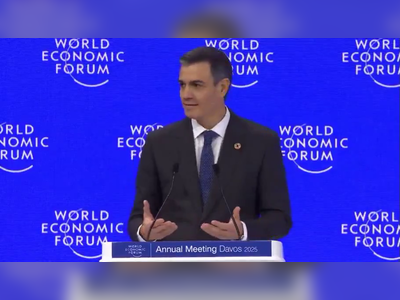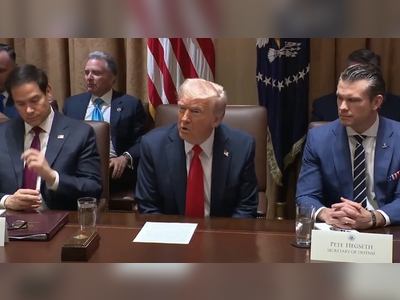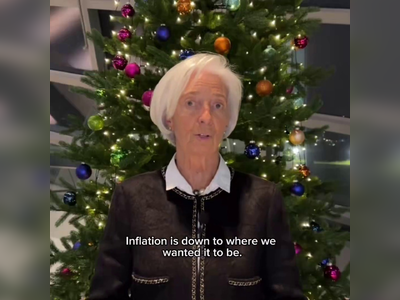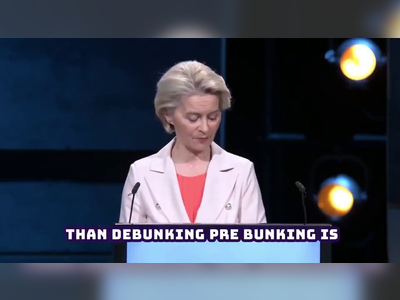
Donald Trump's Initial Economic Policies Target Energy, Automotive Industries, and Prices
Trump's second-term initiatives focus on deregulating the energy sector, reversing Biden's environmental measures, and addressing inflation concerns.
In his initial days back in office, President Donald Trump signed a series of executive orders aimed at reshaping American economic and environmental policies.
Key targets of these orders include the energy and automotive sectors, reversing several of the Biden administration’s initiatives.
Energy Policy Revisions:
Trump declared a national energy emergency to boost domestic oil and natural gas production.
This move effectively rolls back the Biden administration’s restrictions on drilling in protected areas, including parts of Alaska, thereby easing environmental permit requirements.
The administration promotes this as a strategy to decrease energy prices, which are argued to have risen due to previous policy decisions.
Despite the U.S. being a leading oil producer, energy prices remain a concern amidst pandemic recovery, and Trump's policies seek to increase production capacity.
The executive orders also aim to limit the development of offshore wind farms, citing their impact on landscapes and the belief that they provide limited benefits to American consumers.
Automotive Sector Impact:
Trump also rescinded policies intended to accelerate the adoption of electric vehicles.
His actions reverse Biden-era targets of making 50% of vehicles on U.S. roads electric by 2030. This includes rolling back incentives for electric vehicle purchases and relaxed emissions standards for gasoline-powered vehicles.
Economic Analysis:
While Trump's initiatives appeal to certain sectors, such as traditional auto manufacturers, the impact on the broader market and competitors varies.
General Motors and Ford saw increases in stock value following these announcements, whereas companies more focused on electric vehicles, like Tesla, experienced fluctuations.
Inflation and Trade:
Addressing inflation, one of the paramount concerns expressed by voters, Trump's first-day actions include directives for government agencies to tackle living costs.
However, specific measures remain lacking substantial detail.
Trump has suggested that inflation partly stems from past climate policies, which he claims inflated costs.
Future Policy Directions:
Going forward, Trump's administration appears poised to implement tariffs on imports from Canada, Mexico, and China, a plan not yet realized but expected in early February.
These tariffs are projected to impact consumer prices in the USA.
Additionally, immigration policy changes could significantly influence the labor market.
Plans to deport undocumented immigrants could impact sectors reliant on such labor, including agriculture, potentially driving up wages and food production costs.
The economic landscape under Trump's renewed leadership will be closely monitored for the impacts of his policy shifts on domestic production, consumer prices, and international trade dynamics.
Key targets of these orders include the energy and automotive sectors, reversing several of the Biden administration’s initiatives.
Energy Policy Revisions:
Trump declared a national energy emergency to boost domestic oil and natural gas production.
This move effectively rolls back the Biden administration’s restrictions on drilling in protected areas, including parts of Alaska, thereby easing environmental permit requirements.
The administration promotes this as a strategy to decrease energy prices, which are argued to have risen due to previous policy decisions.
Despite the U.S. being a leading oil producer, energy prices remain a concern amidst pandemic recovery, and Trump's policies seek to increase production capacity.
The executive orders also aim to limit the development of offshore wind farms, citing their impact on landscapes and the belief that they provide limited benefits to American consumers.
Automotive Sector Impact:
Trump also rescinded policies intended to accelerate the adoption of electric vehicles.
His actions reverse Biden-era targets of making 50% of vehicles on U.S. roads electric by 2030. This includes rolling back incentives for electric vehicle purchases and relaxed emissions standards for gasoline-powered vehicles.
Economic Analysis:
While Trump's initiatives appeal to certain sectors, such as traditional auto manufacturers, the impact on the broader market and competitors varies.
General Motors and Ford saw increases in stock value following these announcements, whereas companies more focused on electric vehicles, like Tesla, experienced fluctuations.
Inflation and Trade:
Addressing inflation, one of the paramount concerns expressed by voters, Trump's first-day actions include directives for government agencies to tackle living costs.
However, specific measures remain lacking substantial detail.
Trump has suggested that inflation partly stems from past climate policies, which he claims inflated costs.
Future Policy Directions:
Going forward, Trump's administration appears poised to implement tariffs on imports from Canada, Mexico, and China, a plan not yet realized but expected in early February.
These tariffs are projected to impact consumer prices in the USA.
Additionally, immigration policy changes could significantly influence the labor market.
Plans to deport undocumented immigrants could impact sectors reliant on such labor, including agriculture, potentially driving up wages and food production costs.
The economic landscape under Trump's renewed leadership will be closely monitored for the impacts of his policy shifts on domestic production, consumer prices, and international trade dynamics.
AI Disclaimer: An advanced artificial intelligence (AI) system generated the content of this page on its own. This innovative technology conducts extensive research from a variety of reliable sources, performs rigorous fact-checking and verification, cleans up and balances biased or manipulated content, and presents a minimal factual summary that is just enough yet essential for you to function as an informed and educated citizen. Please keep in mind, however, that this system is an evolving technology, and as a result, the article may contain accidental inaccuracies or errors. We urge you to help us improve our site by reporting any inaccuracies you find using the "Contact Us" link at the bottom of this page. Your helpful feedback helps us improve our system and deliver more precise content. When you find an article of interest here, please look for the full and extensive coverage of this topic in traditional news sources, as they are written by professional journalists that we try to support, not replace. We appreciate your understanding and assistance.











